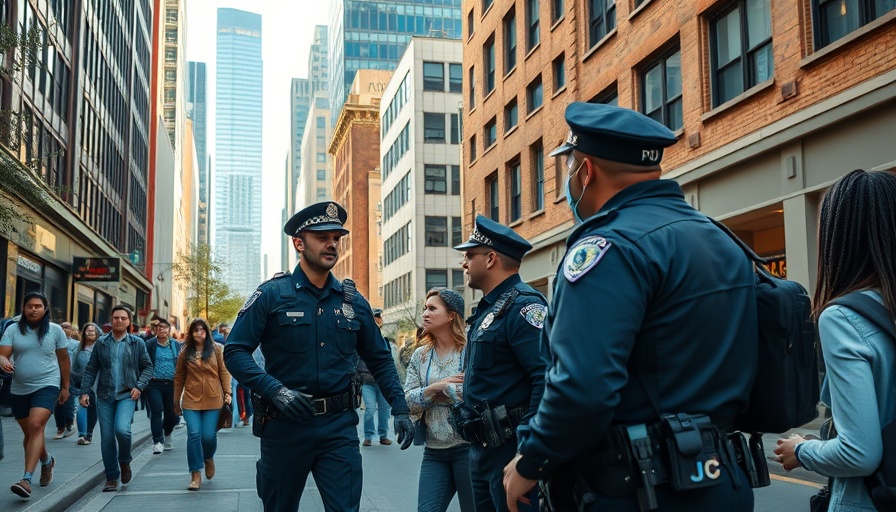
Why Police Violence Persists Despite Protests
The fervor surrounding the Ferguson uprising and the subsequent protests following George Floyd’s death brought the topic of police violence into the national spotlight, with millions demanding an end to racialized brutality. However, the reality a decade post-Ferguson and five years after Floyd’s death is stark and troubling; police budgets have increased, racial targeting persists, and meaningful reform remains elusive. This article explores the structural and cultural roots of police violence and questions the efficacy of protest-based reforms.
The Ingrained Beliefs within Policing
One critical issue arising from this ongoing struggle lies in the entrenched belief that policing inherently equates to crime fighting. This perception not only safeguards the current framework of law enforcement but also complicates the push for systemic change. From its origins in managing social hierarchies, policing has been primarily viewed as a means to maintain public order, often through exerting control and exerting force against marginalized communities.
The Illusion of Reform: A Closer Look
Despite the activism and calls for reform, structural changes to policing practices have been minimal. The tendency to focus on procedural fixes and individual accountability often masks the institution's foundational flaws. This holds especially true in how reforms such as body-worn cameras and use-of-force policies are adapted; rather than dismantling the oppressive behaviors ingrained within police culture, they tend to reinforce legitimacy without addressing underlying issues.
Counterarguments and Alternative Perspectives
While many advocates argue for continued protests as necessary for change, the counterargument posits that these movements often serve to maintain the status quo. The backlash against protest movements often generates negative public sentiment towards activists, which can hinder progress. The narrative that activism automatically equates to effective change is challenged when examining persistent violence and the resilient structures of policing.
Future Opportunities for Policing Innovation
Recognizing these challenges, it becomes vital to explore innovative recruitment and operational strategies that better align with community safety goals. Public safety data analysis, employing technological advancements within policing, and implementing crisis intervention strategies represent diverse avenues for positive change. Rebuilding police-community trust through community policing strategies is essential for creating a more equitable law enforcement model.
Building Realistic Pathways to Reform
Understanding the historical context of policing inform our views moving forward. Active engagement with communities and reviewing police serious incidents through unbiased lenses, such as independent panels, can open the doors to police accountability that does not simply serve the institution but actively cherishes the communities served.
Conclusion: The Call for Action
While hope for effective police reform may appear dim amidst persistent violence, it remains possible through limiting ingrained cultural beliefs in policing practices and actively incorporating community voices in reform conversations. Policymakers and law enforcement must recognize the need for an approach that prioritizes community wellness and safety over traditional models that position policing solely as a response to crime. The momentum seen in recent protests can be harnessed to push these complex conversations forward, creating an innovative paradigm that redefines public safety.
 Add Row
Add Row  Add
Add 

 Add Element
Add Element  Add Row
Add Row 




Write A Comment